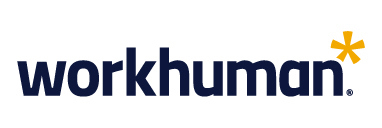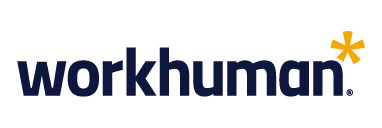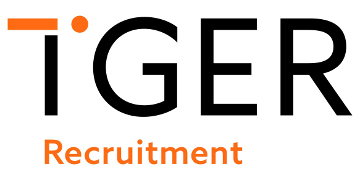
In recent years and decades many employers in every major industry have proclaimed ambitious, multiyear goals for advancing the careers of groups that are underrepresented in their workforce, based on demographic dimensions ranging from race and ethnicity to sex, LGBTQ+ identity, or age. Those big goals have often proven too hard to produce meaningful change.
So, for 2021, we’d like to suggest a different approach to DEI: Identify goals that can be met by year’s end. Typically, this will mean choosing smaller objectives, but ones that will represent clear progress.
“People get bogged down because they look at diversity and inclusion as an enormous mountain, and they don’t know where to start,” says Asfa Malik, a consultant on diversity, equity and inclusion strategies. “So it’s important to drill down and find quick wins. You have to decide, as a company, what can we do this year?”
Assess and survey to find out where your organization stands.
Employee surveys and assessments can help leaders and staff understand each other’s perspectives on the organization’s diversity, inclusiveness, and equitable treatment of candidates and workers.
“Assessments can tell you whether you have an inclusive culture, so that people feel not just tolerated, but also integrated and valued in the deep networks of the organization,” says Tomas Chamorro-Premuzic, Ph.D., a professor of business psychology at University College London and Columbia University, and co-founder of Deeper Signals and Metaprofiling.
To make real progress this coming year, conduct assessments in the first quarter and commit to disseminating the results quickly and broadly within the organization.
Educate employees at all levels.
Based in part on survey findings, choose and deploy trainings to fill gaps in your people’s understanding of what diversity, equity, and inclusion are and how they can be advanced, both strategically and in everyday interactions.
John Dooney, an HR knowledge adviser at SHRM, gives an example of a knowledge gap that might be holding back the hiring of qualified diverse candidates with unconventional backgrounds: “Consider whether managers require training on how to translate a candidate’s existing skills to the qualifications of the job.”
Set numerical diversity goals for the calendar year.
Many employers set ambitious diversity goals for outyears; how about also committing to doable objectives for Dec. 31, 2021?
“An organization can set a diversity goal to increase representation from marginalized groups on their management and leadership teams – or in general – by a specific percentage and implement achievable and measurable steps to doing so, all in well under a year,” says Tamara Rasberry, a human resources consultant.
Such numerical goals – quotas by another name – do come with caveats. Organizations must commit to the hard work of sourcing qualified candidates from underrepresented demographics. If unqualified applicants are interviewed merely to reach a number, no one is well-served.
Build diverse pipelines.
Without strategic sourcing, it’s difficult for any employer to achieve ambitious goals in diversity, inclusion, and equity. So, begin by “identifying five key sources for diversity recruiting,” says Dooney.
Nurturing a diverse recruitment pipeline with a local high school, college, or university is a multiyear effort. Think about making 2021 the year to lay the foundation.
Expand your recruiting geography.
With most knowledge workers productively working from home in 2020, much broader horizons have opened for diverse recruiting, even for mid-sized and smaller businesses.
“The pandemic has confirmed that companies can no longer use the excuse, ‘We can’t find people like this in our geographic area,’” says Roberta Matuson, author of “Evergreen Talent.”
“Location is no longer a barrier to attracting and hiring diverse employees.”
Use inclusive language in job postings.
The language of job ads is often tilted toward people who traditionally dominated the professional workforce in the 20th century – white men, that is. Creating more inclusive postings is critical to attracting the best talent from underrepresented groups.
“Use inclusive language in job postings,” says Malik. “Pronouns matter, words matter. You could have job descriptions reviewed by a DEI leader, employee resource groups, or people who belong to the diverse demographic that you want to attract.”
Mask irrelevant identifiers in resumes.
Researchers at Harvard and Stanford have demonstrated that when resumes are headed by names perceived as Black, Asian, or female, many employers are biased against the candidates. One solution is to remove names and other irrelevant markers of personal identity from resumes before anyone with hiring responsibility sees them.
Take a second look at required qualifications.
Consider whether every professional position at your company requires a bachelor’s degree or greater. Some employers use higher education as pedigree, and members of some demographic groups lack the privilege that wins others the pedigree.
“Does every position require a four-year college degree when a person with 20 years of experience can fill the role?” Dooney asks.
Peg executive pay to the company’s DEI performance.
Whether your organization can achieve its 2021 objectives in diversity, equity, and inclusion will depend on all employees, but especially the executive team. So, it makes sense to “hold leaders accountable for achieving specific DEI goals,” says Matuson.
That means establishing clear metrics for executive DEI performance, and tying incentive pay to those metrics. Is your organization up to that formidable task?











